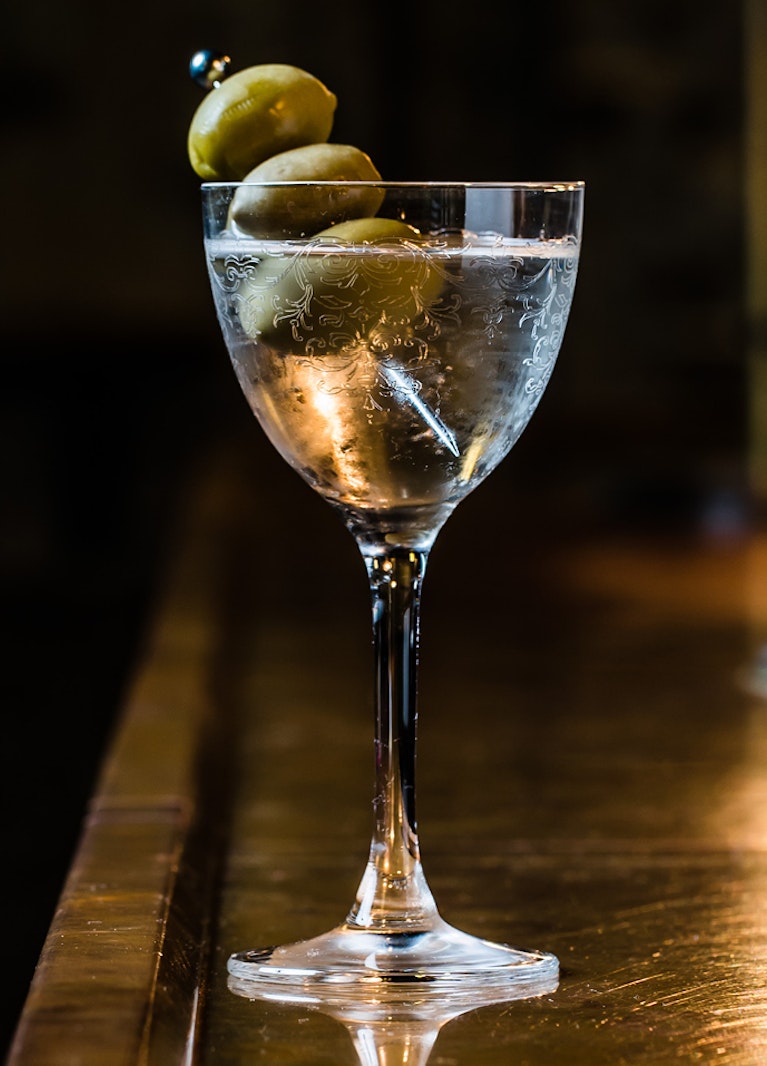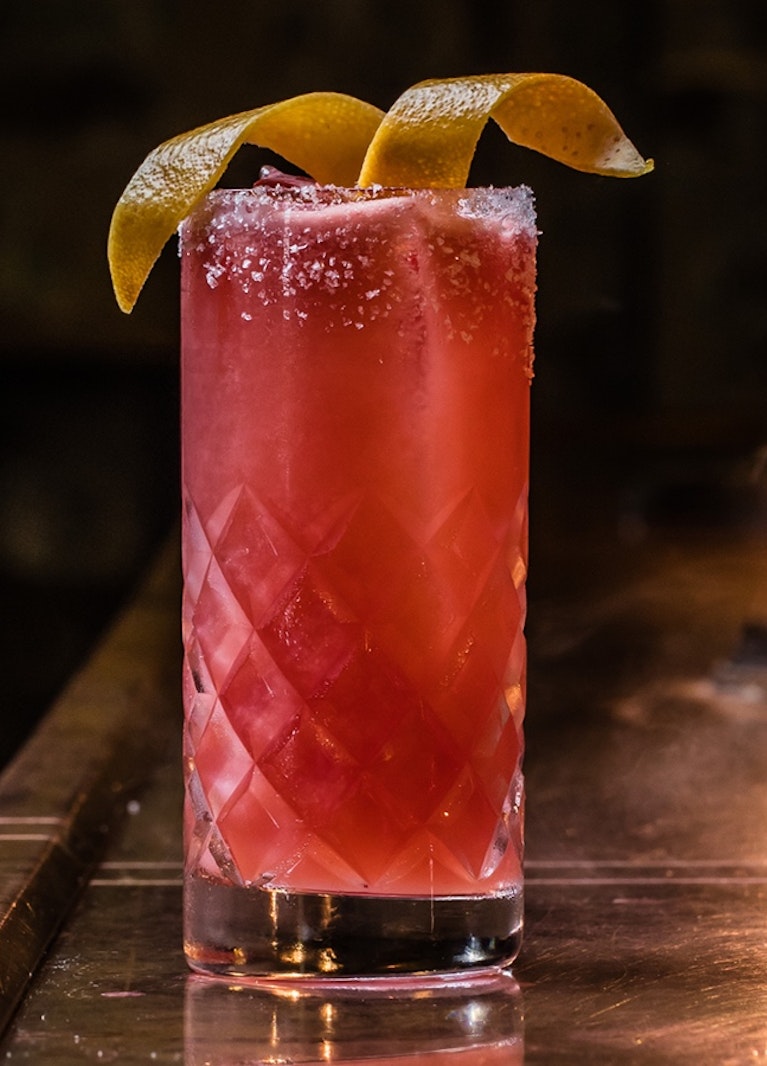A Short History of Smoke-infused Spirits and How to Drink Them
Our newest limited edition release; Smoked Gin utilises an unusual characteristic for gin - smoked water.
If like me, dear reader, you think everything is better smoked, from cheese to salmon, you're probably au fait with the concept of smoke in spirits. Maybe it’s not too prevalent within the world of gin (until now), but smoke frequently inhabits the world of whisky from Scotland (aptly known as Scotch) and pungent mezcals (vaporous agave spirits) from Mexico.
In Scotland, distillers used burning peat to dry damp malted barley. Peat is simply an earthy vegetal matter, available year-round, dug from the ground, and burnt. Smart people quickly realised that this distinct flavour, a true statement of terroir, was delicious. And still to this day many distilleries use the same techniques that have been applied for centuries. Over on the other side of the world, Mexico’s quite remarkable mezcals are given their smoky flavour by burning the hearts, or piñas, of the agave prior to fermentation.
The second release in our Archie Rose Concept series, Smoked Gin, is a result of the R&D phase of our Summer Gin Project gins, which saw our Master Distiller Dave Withers experiment with melting huge hunks of ice into water using sustainably sourced NSW ironbark next door in the wood-fired oven of Three Blue Ducks, Rosebery. Take a whiff and you’ll find the nose reminiscent of campfires in the bush with pronounced eucalypt and tea tree punctuating notes of white smoke, cinders, roasted meat and damper bread. In the glass, it’s bold, intense and herbal.
When our Smoked Gin and these other famous smoky spirits are deployed in the world of cocktails some great things happen. Here are a few ideas.

Smoked Negroni
An Archie Rose Smoked Gin Negroni is a thing of beauty. It always amazes me how much variation you get from a Negroni depending on the gin you use. If you think about the other players on the stage - Campari and sweet vermouth, they're hardly bit parts. There is so much going on, so much sugar to dampen the bitter, so much bark to match the bite. Yet the high notes of good gins will always manage to sing through. Smoked Gin is certainly not an exception. The first thing you notice is the native thyme, waltzing with the bitter highs of Campari. Then chocolate malt starts playing with the sweet vermouth, something we first delighted in back when Six Malt New Make came out and we started playing with Boulevardiers (the whisky counterargument to a Negroni). The caraway is there too, so is the wattleseed. This Negroni is musky, yet fresh, it’s assertive, yet languid. It has so many contradictions I had to have a second before I could really get the gist of it. I’d certainly happily come back to it tomorrow, just to make sure.
The Rob Roy
Some time ago we discussed the three best whisky cocktails of all time and the Rob Roy only got a cursory mention, I feel it’s time to rectify that. A Rob Roy is a Manhattan using Scotch, but we recommend subbing in our Smoked Gin to see how it holds up. Oh dear lord, some smoke on a Manhattan is a good thing. It lengthens the bitterness, it’s more austere on the palate. If you want to sit in a bar and look mysterious, do it drinking a Rob Roy. A bourbon Manhattan is the sweet stick, a rye Manhattan is the spicy and a Rob Roy is the ticket for melancholy.

The Mezcal Margarita / Paloma
And AH, mezcal. A good starting point for mezcal experimentation is just substituting your common garden variety of tequila with a mezcal. Enjoy the extra complexity the vapours in your glass will provide. Try a smoky Margarita, a fuming Rosita, a lusty Paloma. Why are all tequila cocktails named after women? I don’t know, but I’m down with it. In fact if you don’t have a mezcal to substitute into a Paloma our Smoked Gin works particularly well. Here’s the recipe.